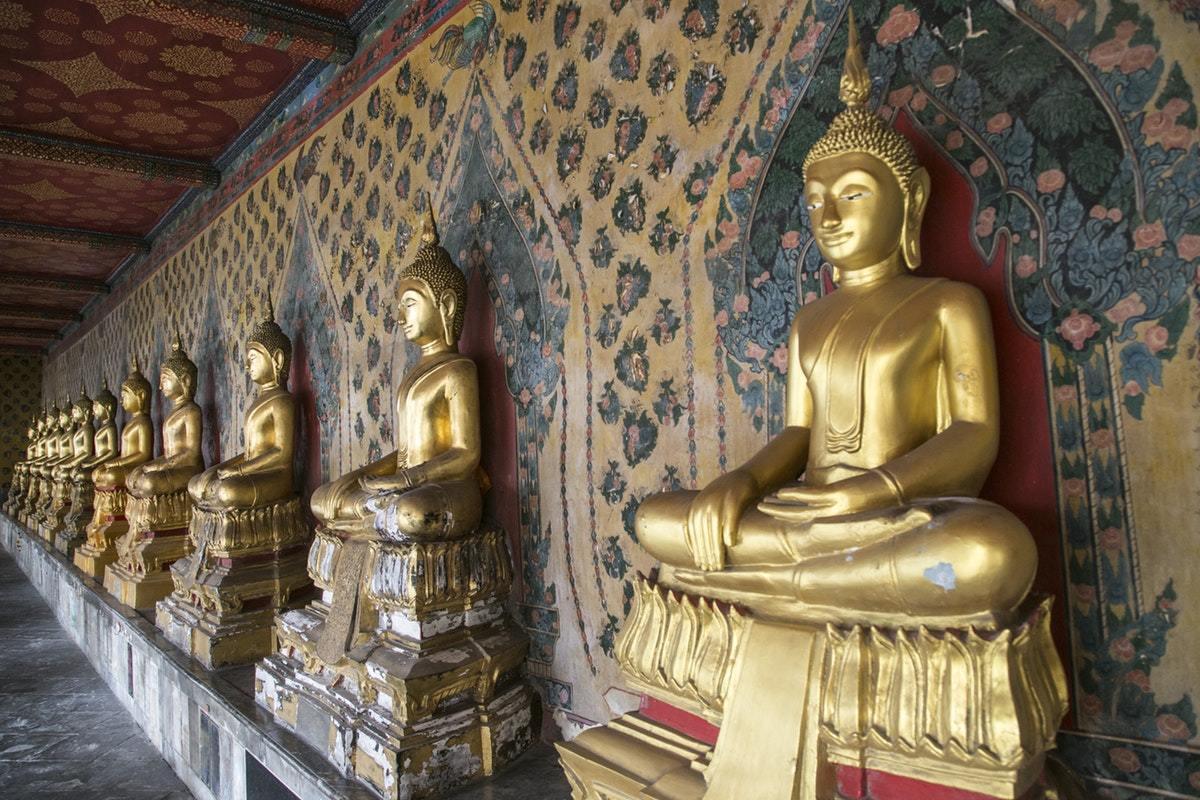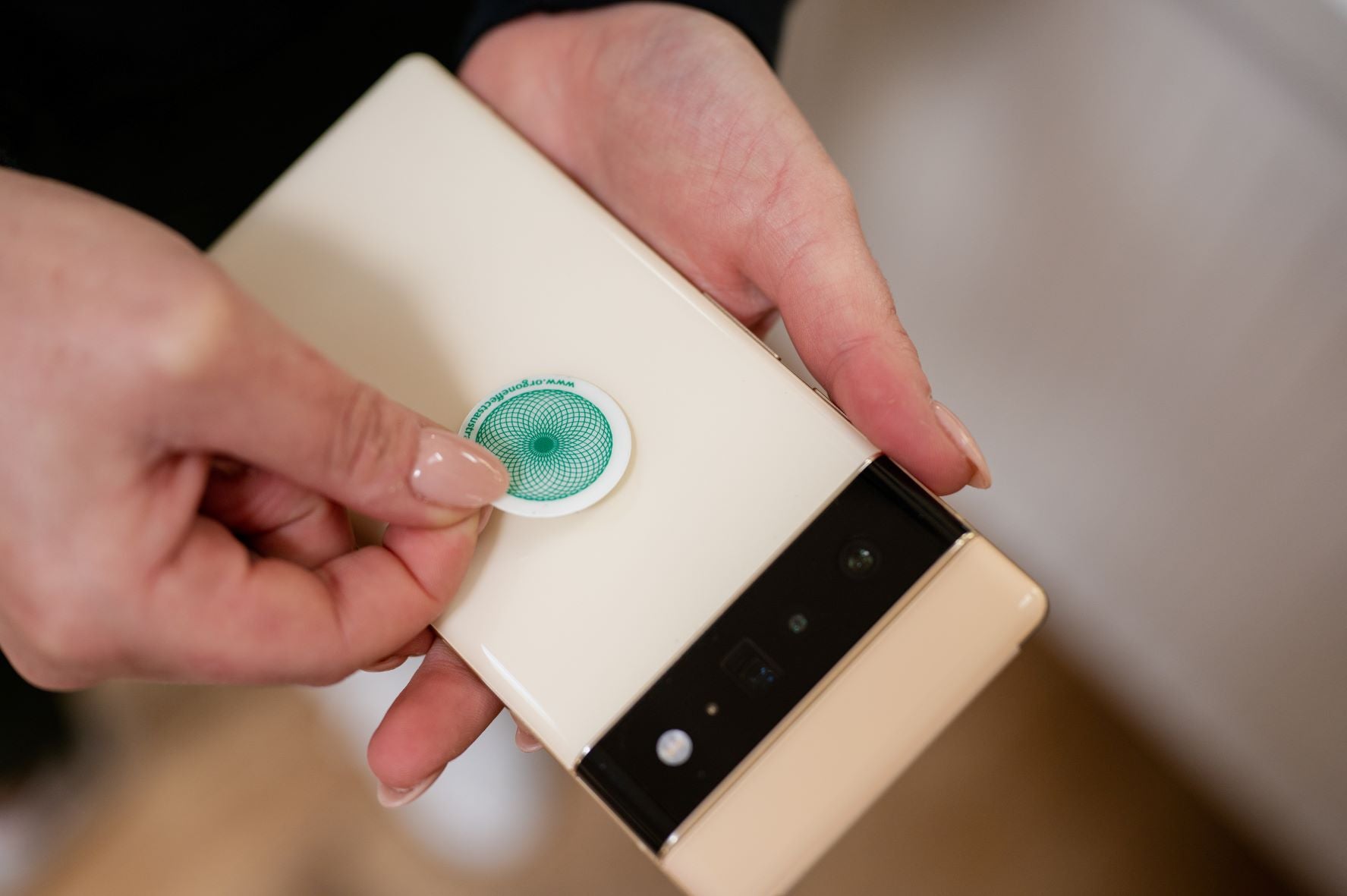Negative Effects of Smudging
In our fast-paced world, more people are now seeking to become conscious of their mental and physical health. Mindfulness practices involving smudging and incense burning, such as meditation and yoga, are now more popular. However, smudging is not a new phenomenon. For many centuries, sage burning has been used as a critical part of many religious ceremonies across different cultures. Smudging is an act of burning sage (sometimes mixed with other resins and herbs) to rid a space, home, or person of negative energies and to promote harmony and restore natural harmony.
Just like incense, smudging is known to normalize breathing rates, relieve tension and stress, as well as lower blood pressure, as the negative ions produced during the burning are absorbed into the bloodstream directly. The most common method of smudging is the Native American method of burning herbs such as cedar, sweetgrass, sage, and others. Whether you are smudging as an act of worship or just to make your home smell nicer, it is important to know the negative effects of smudging.
![]()
History of Smudging
Smudging, also known as burning sage, is an ancient spiritual ritual used to rid the home of evil spirits and negative energies. For centuries, Native Americans have burned sage as part of a ritual to cleanse a space or person, and to promote wisdom and healing. It has been used since the time of ancient Romans and Egyptians to treat sore throats, memory problems, and digestive issues. Ancient Romans called smudge stick a salvation plant (salvare meaning heal or cure). Native Americans use sage burning to cleanse and clear many things including crystals.
Additionally, the smoke from burning sage is believed to have spiritual connotations such as protecting or attracting different spirits and energies. In Buddhism and Taoism, burning incense is used traditionally for deity and ancestor worship. In certain Christian traditions, incense is sometimes used during church services as well as other religious rites. Apart from playing a critical role in many religious practices, incense is used by many people as a home air freshener. Other sacred herbs used for smudging include lavender, juniper and cedar, and plain tobacco is often used by Plain Indian tribes.
Why Does Sage Remove Negative Energy
When sage is burned, the spirit of sacred plants is called to drive negative energies away and put an individual back into a state of harmony, peace, and balance. This practice is believed to be the psychic equivalent of washing the hands before eating. According to research, sage releases negative ions which helps put people in a more positive mood. The aroma of sage increases the supply of oxygen to the brain, thus relaxing the muscle tension. Beyond that, the smoke from sage changes the molecular structure of energy and air, producing a cleansing effect. Since the sense of smell is very powerfully connected to memory and instinct, the burning of sage is believed to be an effective aromatherapy agent, particularly when combating feelings of grief, resentment, frustration, fear, anger, and depression. Other qualities associated with sage burning are giving clarity, wisdom, and increasing spiritual awareness.
Where Does Sage Come From?
One of the more popular plants used for smudging is sage. This is because the smoke from this plant carries a fascinating fragrance that tends to lift the spirits. The type of sage commonly used in smudging is white sage, technically known as Salvia apiana. It is also referred to as sacred sage or bee sage. It grows in northwestern Mexico and southwestern US, and it is usually found in Baja California and southern California. When burned, white sage has a noticeable and strong scent.
Typically, a smudge kit comprises 4 or 5 pieces, each representing the five elements (air, water, fire, earth, and sometimes life energy or spirit). Abalone shells are usually used to represent earth, unlit herbs represent earth, lit herbs represent fire, and smoke represents air. The smudge sticks in many witchy stores are commonly made of sweetgrass and sage, both of which play a critical role in the process of smudging. Sage is usually used to evacuate negative influences, spirits, and energies, while the sweetgrass will help gather both new and positive energy.
Is Smudging Harmful?
Although burning sage and other herbs can be medicinal, it can be toxic in concentrated form during a lengthy ritual. There are negative health effects associated with burning anything. Anything burned in the home can create a degree of particulate matter in the air that we breathe in. By anything, we mean all flammable home-fragrance substances – not only sage, but incense, palo santo, and candles too. In fact, many types of incense smoke are believed to contain carcinogens just like those in cigarette smoke. Those suffering from asthma, environmental allergies, and other chronic lung issues may be particularly susceptible to some symptoms caused by indoor burning – think coughing, eyes watering, sneezing, nasal congestion, or even wheezing.
The type of pollutants released into the atmosphere depends on the chemicals in the incense you are burning. A study found that the concentrations of sulfur dioxide (SO2), nitric oxide (NO), carbon monoxide (CO) gases found in incense smoke can be so high that it can affect the health adversely. The same study found that incense smoke may emit fine particulate matter in high amounts that could cause the air in the home to exceed National Ambient Air Quality Standards (NAAQS) of the US EPA. The EPA created these standards as one of the Clean Air Act to guard against air pollutants believed to be harmful to the environment and public health.
Yet, those are not the only negative effects related to smudging. Since sage burning is typically done in enclosed rooms with little ventilation, the particulate matter can accumulate in the home with time. Heavy use of smudging, especially in closed rooms, can increase the risk of certain airway cancers – primarily lung. This is because they can travel deep into the respiratory tract and find their way into the bloodstream. Chemicals and particulate matter called polycyclic aromatic hydrocarbons are the chief culprits here. These chemical compounds and particles are dangerous because they are easy to inhale. If you burn incense regularly, you risk being exposed to harmful air pollutants than you think.
According to the environmental protection agency, exposing yourself to the particulate matter in incense smoke can cause lung inflammation, asthma, and cancer. Studies have shown that long-term exposure to incense smoke can increase your risk of having upper respiratory cancers and squamous cell lung cancer. Also, the levels of nitrous oxide, formaldehyde, and carbon monoxide found in incense smoke may cause lung cells inflammation, signaling asthma as well as other respiratory problems.
Children are especially susceptible to carbon monoxide effects as well as other pollutants present in the air because their bodies are still developing and growing. Additionally, carbon monoxide can cause adverse reactions in those with existing heart conditions. According to an article, “Sage (Salvia officinalis) is noted in herbal and lactation texts as being responsible for lowering milk supply.
Is Burning Sage Toxic?
While a smudge stick has deep historical roots, it does not mean it is not toxic. Sacred smoke from burning sage can be toxic because it carries dangerous particles and chemicals that can impact our health negatively, especially when we are exposed to it regularly.
Is Sage Smoke as Bad as Tobacco Smoke?
A study found that tobacco smoke and sage smoke may be more similar than we think. The study found that the two smoke types have similar toxicities and may produce similar mutagenic reactions in those cells exposed to the smoke. Under some conditions, the smoke from sacred herbs was found to be more toxic at lower concentrations than the tobacco smoke. However, it’s important to note certain things when interpreting the findings of this study.
- When burning sage, the respiratory tract is not exposed to the same smoke concentration as when tobacco is smoked. This may play a crucial role in how different smoke types affect lung cells.
- Only 4 smudge sticks and one tobacco were tested in the study. Therefore, the sample size is too small to apply the findings to tobacco and sage smoke as a whole.
- The lead researcher of the study works for a tobacco company. When examining scientific studies, it is important to note any source of bias.
While we can’t conclude positively that sage smoke is worse for health than tobacco smoke, we know that it is a source of indoor air pollutants. This is particularly true when sage is burned in an enclosed space in which the particles released in the smoke can accumulate with time.
Do you Open Windows When Smudging?
It is a really smart idea to have your windows or doors open while smudging. This is because the negative energy needs to have a place to go. If the window or door isn’t open, the negativity won’t leave. It will simply find some cozy place to hide and later come back. Another reason to perform smudging in a well-ventilated room is to keep anyone in your home with breathing issues safe.
Is Sage Toxic to Cats?
According to ASPCA, sage isn’t toxic to cats, but that does not necessarily mean it is good for them either. Often, sage is burned as part of some cultural ceremonies or to freshen a room. But these methods can be hazardous to your feline friend if proper care is not taken. Sage burning can adversely affect your cats, causing their respiratory system to experience distress. Your cats may experience watery eyes, sneezing, wheezing or difficulty breathing because sage emits some chemicals that are very dangerous for the cat’s health. Cats with respiratory conditions, like asthma, can be vulnerable to irritation from sage burning.
Smudging Alternatives
If you burn sage to make your home smell better, there is a wide range of ways of achieving a similar effect. Taking extra care to keep the house clean is the first step. Look for and remove any source of bad odor. When you’re not trying to mask a bad odor, it doesn’t take a lot of effort to make the house smell nice. After doing this, consider using dried flower potpourri, essential oils, and fragrant plants to give the home a fresher scent. Appropriate essential oils or herbs can be steeped in water to create a tincture to spray or sprinkle the area with. You can also place Himalayan salt near your windows and then throw it away to disperse negative energies in the home. Additionally, sound cleansing using a crystal sound bowl or gong can also be effective.
If you can’t avoid burning sage, consider using an indoor air purifier to reduce the number of air pollutants that accumulate in the home. However, it is important to note that there is no air purifier that can eliminate the particulate matter or smoke found in sage smoke completely. Sage smoke if burned in large amounts and regularly may be bad for health. The best way to prevent smudging from decreasing the quality of air in the home is to burn it as infrequently as possible.
Conclusion
Regardless of what you are burning, it is ideal to refrain from doing so indoors, especially if young children and pregnant women are present. For those that can’t resist, reducing the frequency of smudging to only special moments is a great hack in your exposures to toxic substances. Also, ventilate by opening windows if the quality of outdoor air is good. It is great to be conscious of the negative effects of smudging and to prevent it by implementing certain changes to the way we perform rituals. Rethinking our approach to rituals in order to stay healthy is not only beneficial but can have positive and unexpected consequences.



